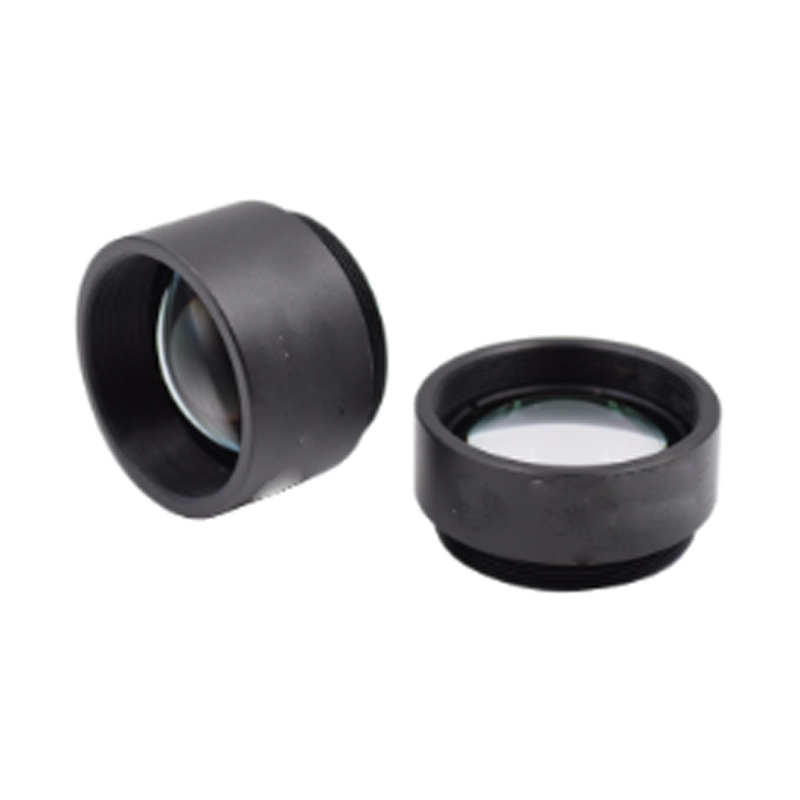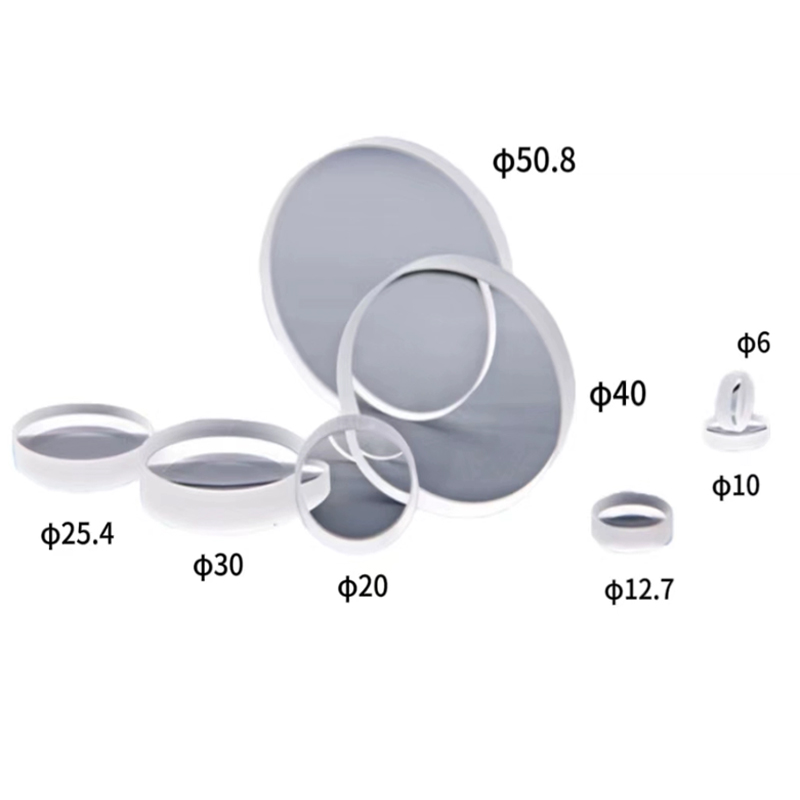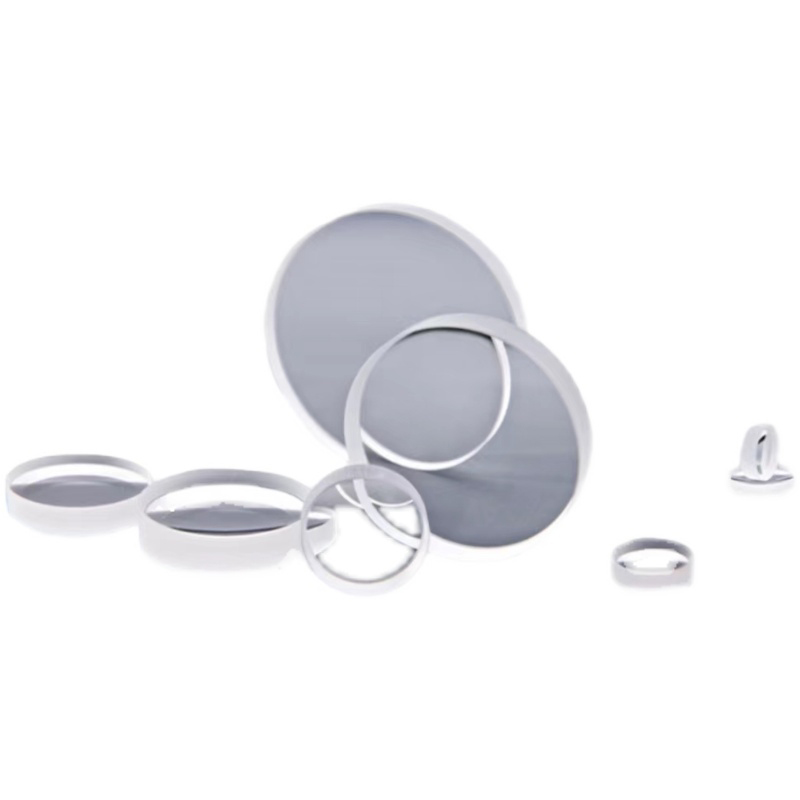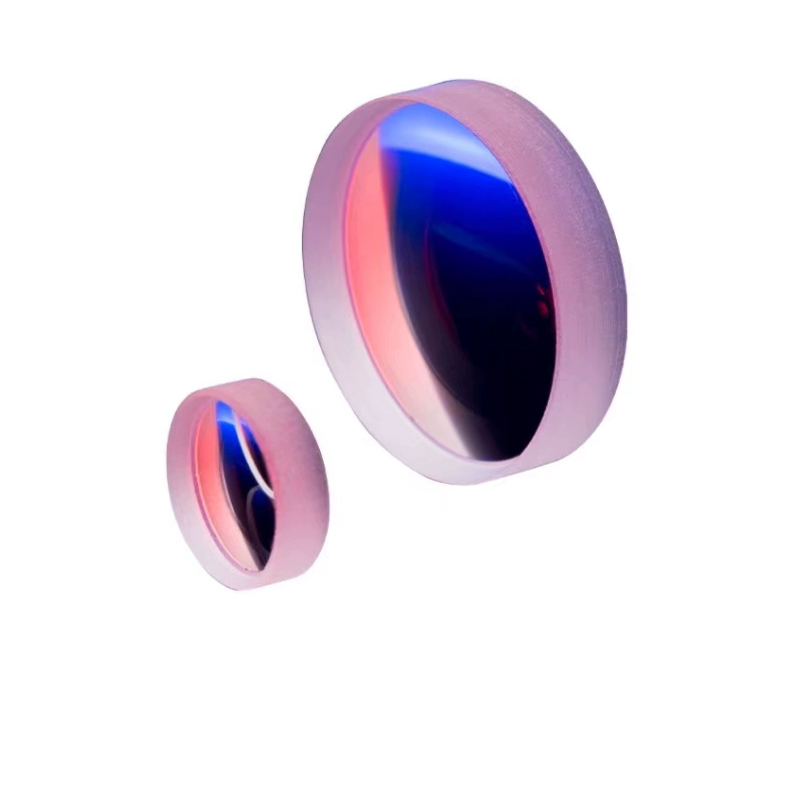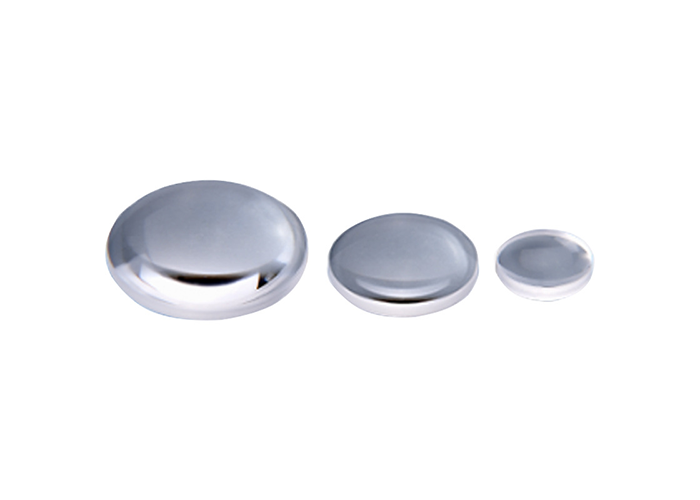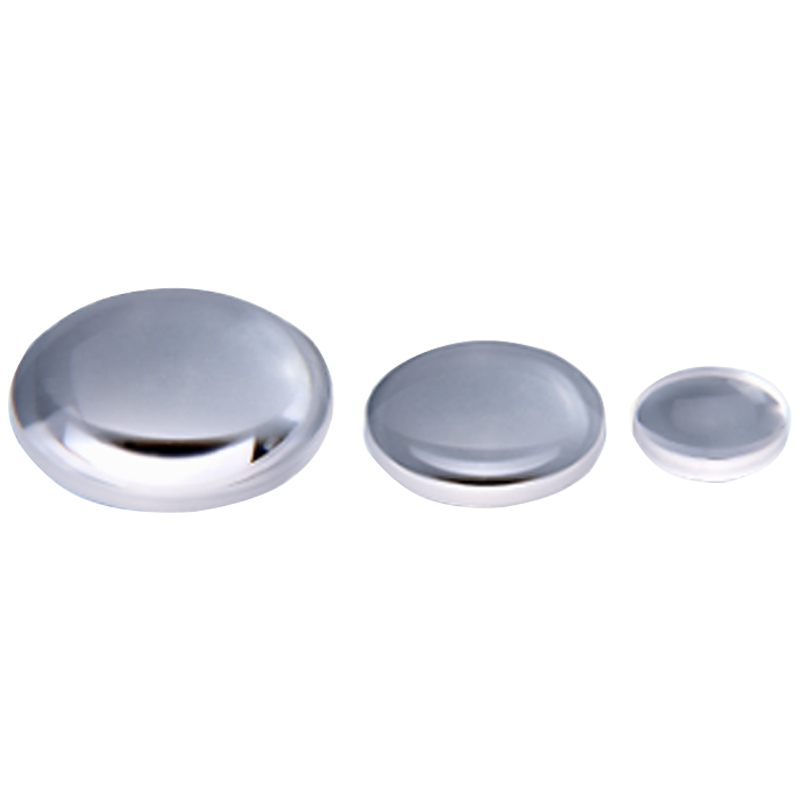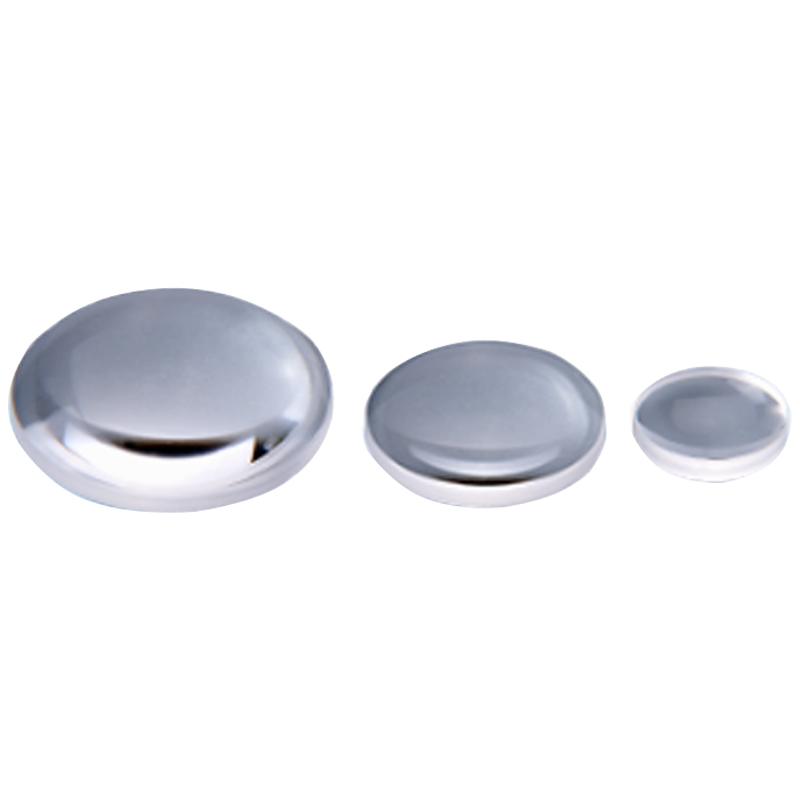Product Description
Plano-convex lenses usually collect and concentrate light in imaging applications. The front and back surfaces of the plano-convex lens are asymmetrical, so the spherical aberration can be effectively reduced, especially in the application occasions where the distance between the object and the image is unequal. The best application is to place the object at infinity (that is, as parallel light incidence) and image it at the focal plane. At this time, the conjugate ratio of object to image (i.e. object distance/image distance) is infinite. The convex surface of the lens should be placed in the object direction.K9 plano-convex lenses of various specifications from stock, and can provide Zemax data of a full range of products. There are five types of coating on I-K9 plano-convex lens, namely, single-layer MgF2 coating, uncoated coating, multilayer antireflection A coating of 350-750nm, multilayer antireflection B coating of 700-1100nm, and multilayer antireflection C coating of 1050-1700nm.
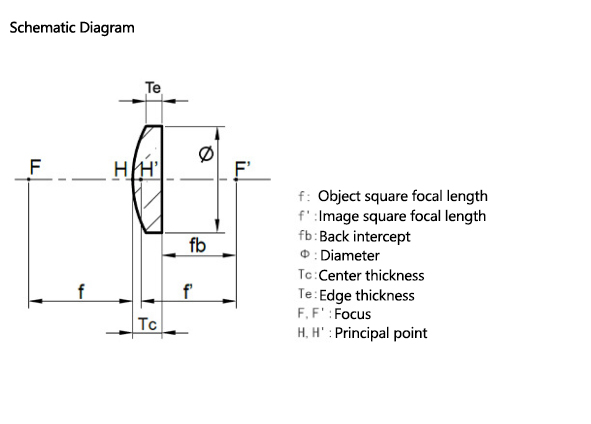
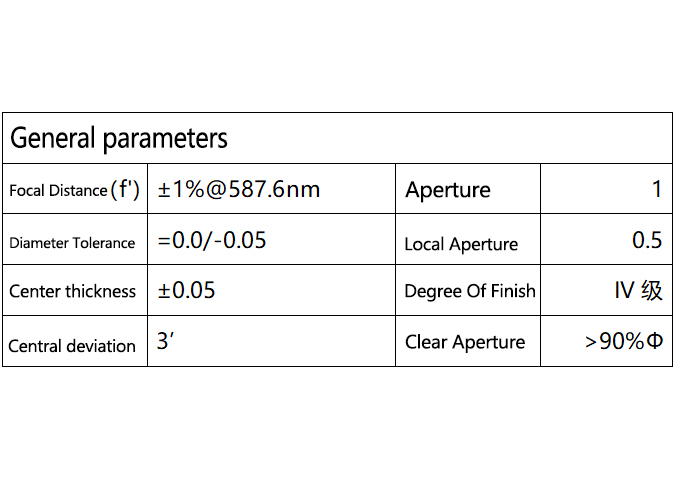
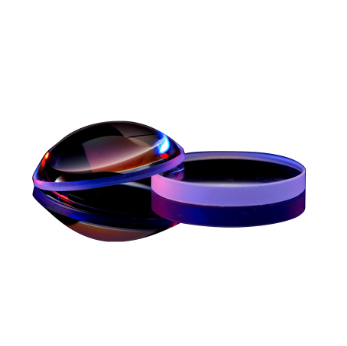
This series is a multilayer antireflection film coated with visible light, which can obtain a reflectivity as low as 0.5% in the range of 350-750nm, and has a damage threshold of > 7.5 J/cm2 (pulse 10 ns, 10ns 10Hz 532nm).
Material: H-K9 (of which GCL-010130 and GCL-010172 are made of H-ZF13).
Coating: rave < 0.5% @ 350-750 nm Damage threshold: > 7.5 j/cm2 (pulse 10ns 10Hz 532nm)

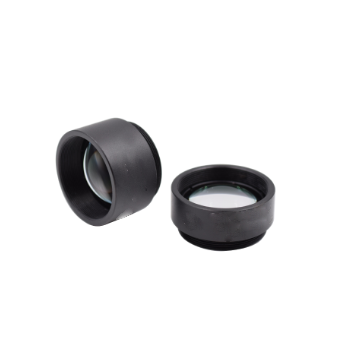
These plano-convex lenses are made of H-K9L glass and coated with multilayer antireflection films. The average reflectivity of each surface is less than 0.5% in the range of 350-750nm, and the damage threshold is 7.5J/cm2 (pulse 10 ns, 10ns 10Hz 532nm). The lens is pre-installed in a frame with an external diameter of φ30mm and an external thread of 1.035 "-40 (SM1), which can be compatible with SM1 threaded frame or 30mm coaxial lens barrel series. The lens frame is marked with the lens type, focal length and coating range of antireflection film.
Plano-convex lens is usually used to focus collimated light or collimate light from point light source. Because of the asymmetry of front and rear surfaces, spherical aberration can be effectively reduced, especially in applications where the distance between objects and images is unequal. In order to minimize the introduction of spherical aberration, the collimated light source should be incident on the curved surface of the lens when focusing and on the plane when collimating. The specific optical parameters of the lens can be viewed according to the lens model provided in the table below.
Lens coating: rave < 0.5% @ 350-750 nm
Mounting thread: 1.035 "-40 (SM1)
Optical aperture: φ23
Damage threshold: > 7.5 j/cm2 (pulse 10ns 10Hz 532nm)
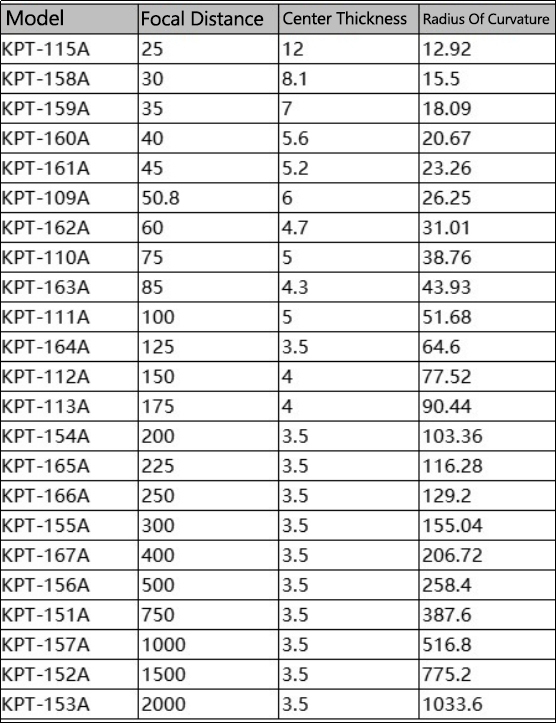
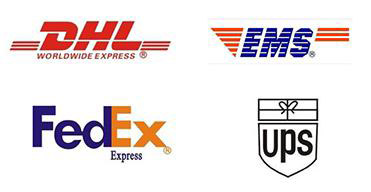



We are glad that you can cooperate with us. In order to save your time, when choosing products, please check the parameters or communicate with our sales, so as to avoid that the parameters of the products you buy are inconsistent with your use requirements, which will delay your construction schedule. We thank you again for your support.







